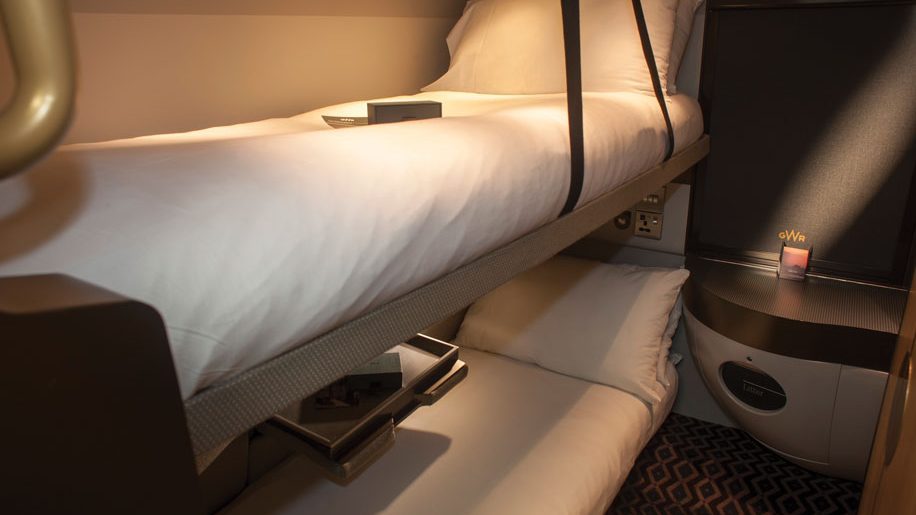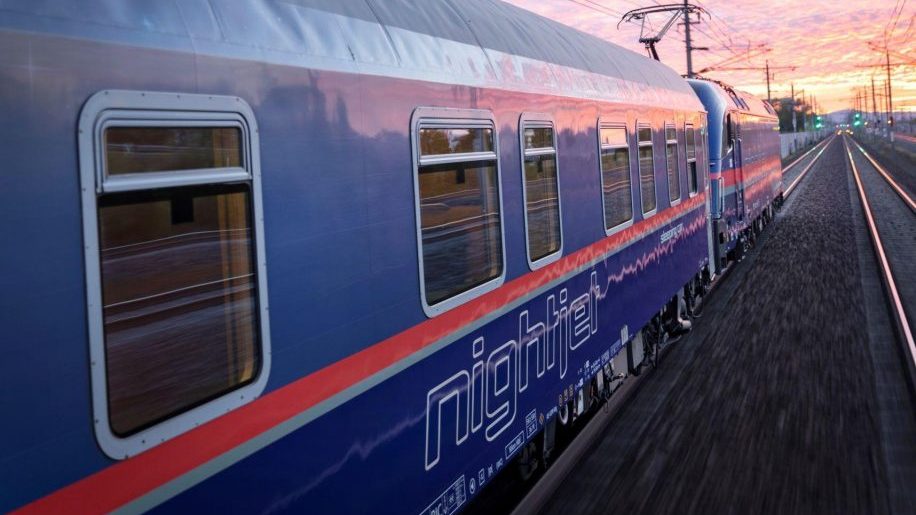
The slow travel trend is seeing a revival in sleeper train popularity, but operators struggle to turn a profit from such low-yield services.
Some years ago several big night train operators in mainland Europe withdrew their loss-making international services. During this time UK rail was a shining exception, at least nationally. Great Western Railway renovated its 40-year-old British Rail stock for its London to Penzance Night Riviera while Caledonian Sleeper upgraded the Anglo-Scottish night services.
Fast forward to 2023 and night trains have once again become fashionable across mainland Europe with the EU’s blessing, as they are viewed as an environmentally-friendly form of travel. However these new services come at a cost, and one wonders whether any of them can turn a profit. Consider the case of the UK’s Caledonian Sleeper as an example. It was launched with brand new rolling stock from Spanish manufacturer CAF and was the UK’s first night train with cabins featuring en suite shower and toilet. Its aim was to boost high-end business and tourism between London and Scotland.
All very well you might say. But these amenities come at a cost, and we now learn that Caledonian Sleeper has cost operator Serco £69 million in losses over the past seven years. The Scottish government, which has been funding the service, has now threatened to nationalise it in June unless Serco comes to a funding agreement.

Costly business model
Why the losses? It’s because night trains cost much more to operate compared to their daytime counterparts. Utilisation can be low: one set of stock will make one London-Edinburgh trip per day. Compare that to LNER whose trains will make a minimum of two and sometimes three trips. In addition, new night trains cost more because the rolling stock is more expensive to build than its daytime equivalent due to extra accommodation features, wiring, plumbing and so on.
Then there’s the fact that night trains can carry only a fraction of their daytime counterparts. Typically, a night train might carry a few hundred passengers whereas a daytime service might carry as many as one thousand. Servicing costs are high, and night train stock languishes all day in the depot while it is prepared. More amenities must also be provided. In British Rail days one might have received a container of drinking water. Today’s Caledonian Sleeper provides the sort of in-cabin frills one might find in a five-star hotel. Running costs like access fees and locomotive changes are higher as well, and night time engineering works can mean diversions.
Matters are worse still in mainland Europe where night trains cross borders and can involve any number of en route manoeuvres.
Circuitous route
Take Austrian national railway OEBB’s Nightjet between Vienna and Berlin. By air this journey is a simple A to B flight, but OEBB’s Nightjet must traverse no fewer than five countries (Austria, Slovakia, Czech Republic, Poland and Germany) with numerous en route manoeuvres, loco changes and so on.
Czech Railways’ latest Prague-Zurich night train takes the biscuit. Not only is the journey excessively lengthy but the entire trip involves no fewer than four loco changes and three changes of direction (because the train stops at several termini). On top of all that when this Prague-Zurich train reaches Leipzig Hauptbahnhof it must stand there for no less than 98 minutes while sections of the train are detached and reattached in a series of complicated shunting manoeuvres.

Recently a number of entrepreneurs emerged hoping to simplify the night train business. But, so far, they have failed. The only private service with quality accommodation will be European Sleeper which will launch Brussels-Berlin in May.
Elmer van Buuren is co-founder of European Sleeper. In an interview with industry publication Rail Tech, van Buuren revealed a new entrant’s life can be a slow and sometimes arduous process: “Many things in the rail sector have long lead times. If you’re not already tackling processes for two to three years down the line, you’re behind the curve.”
Rolling stock is a major issue. Almost all quality stock is snapped up by Austria’s OEBB. Of course a new entrant could order new rolling stock, but the time taken from order to commercial service takes years. OEBB placed an order for ‘next generation’ Nightjets from Siemens in 2018 – only this year is the stock expected to enter service. Mainstream media continues to publish glowing reports on night trains, yet it fails to tell the challenges these new services face.











